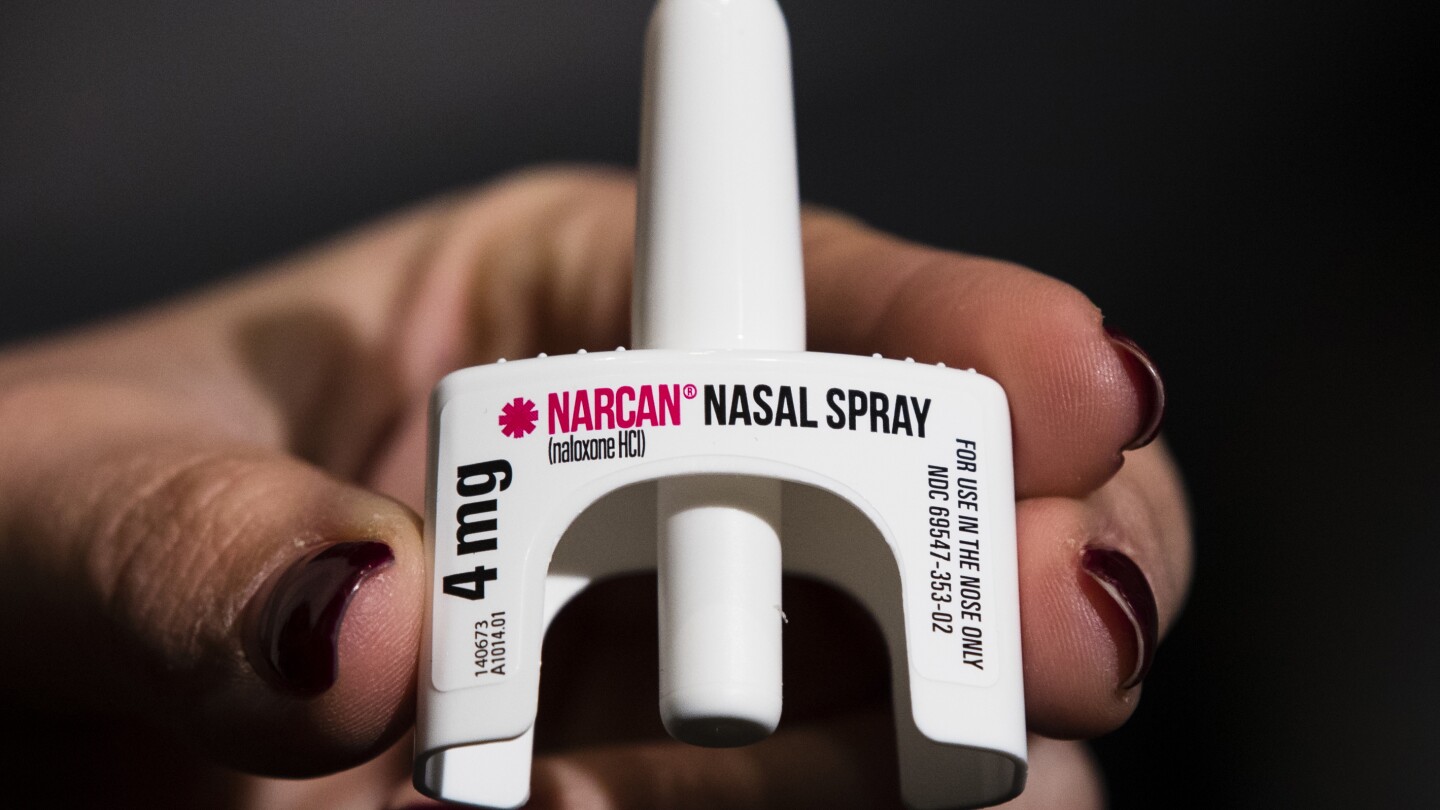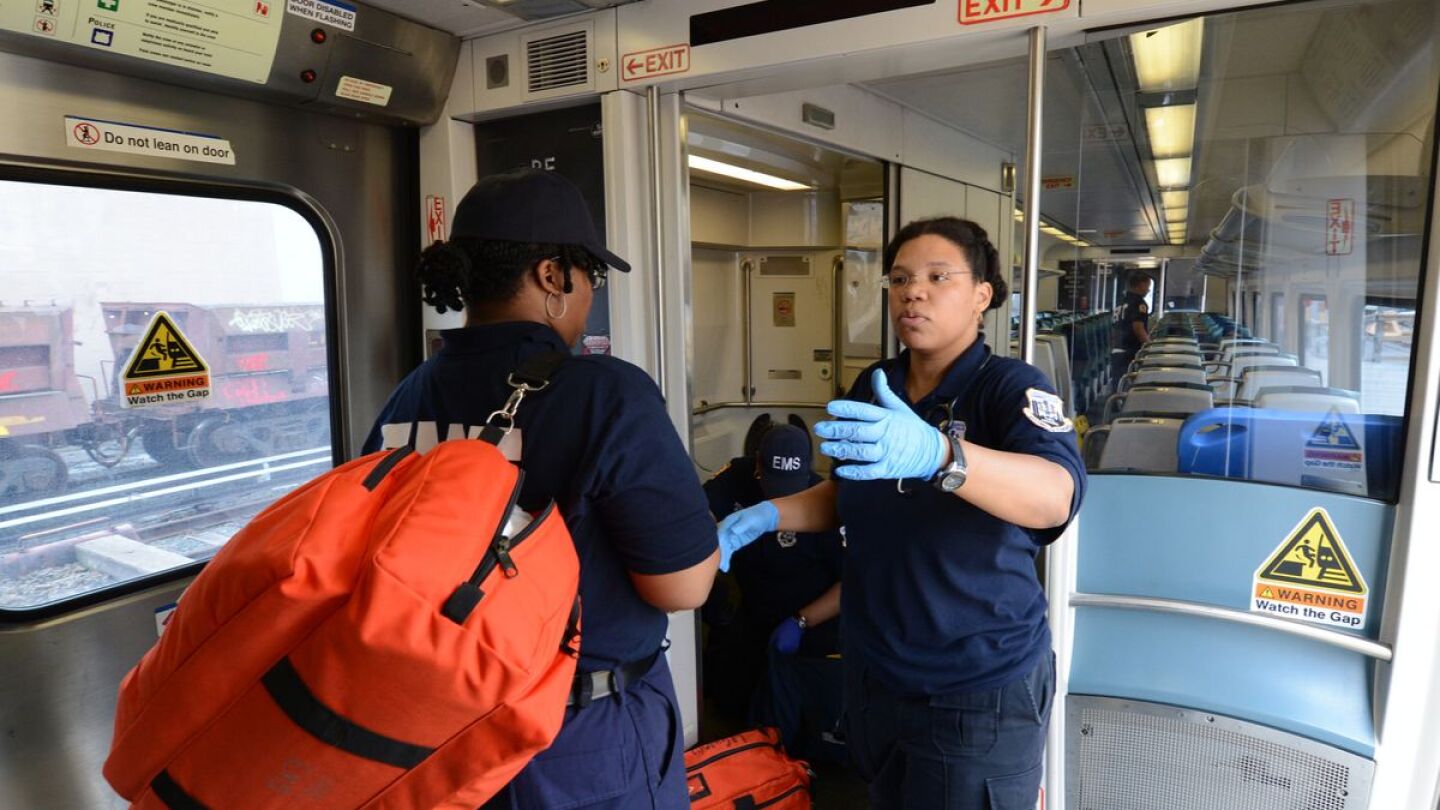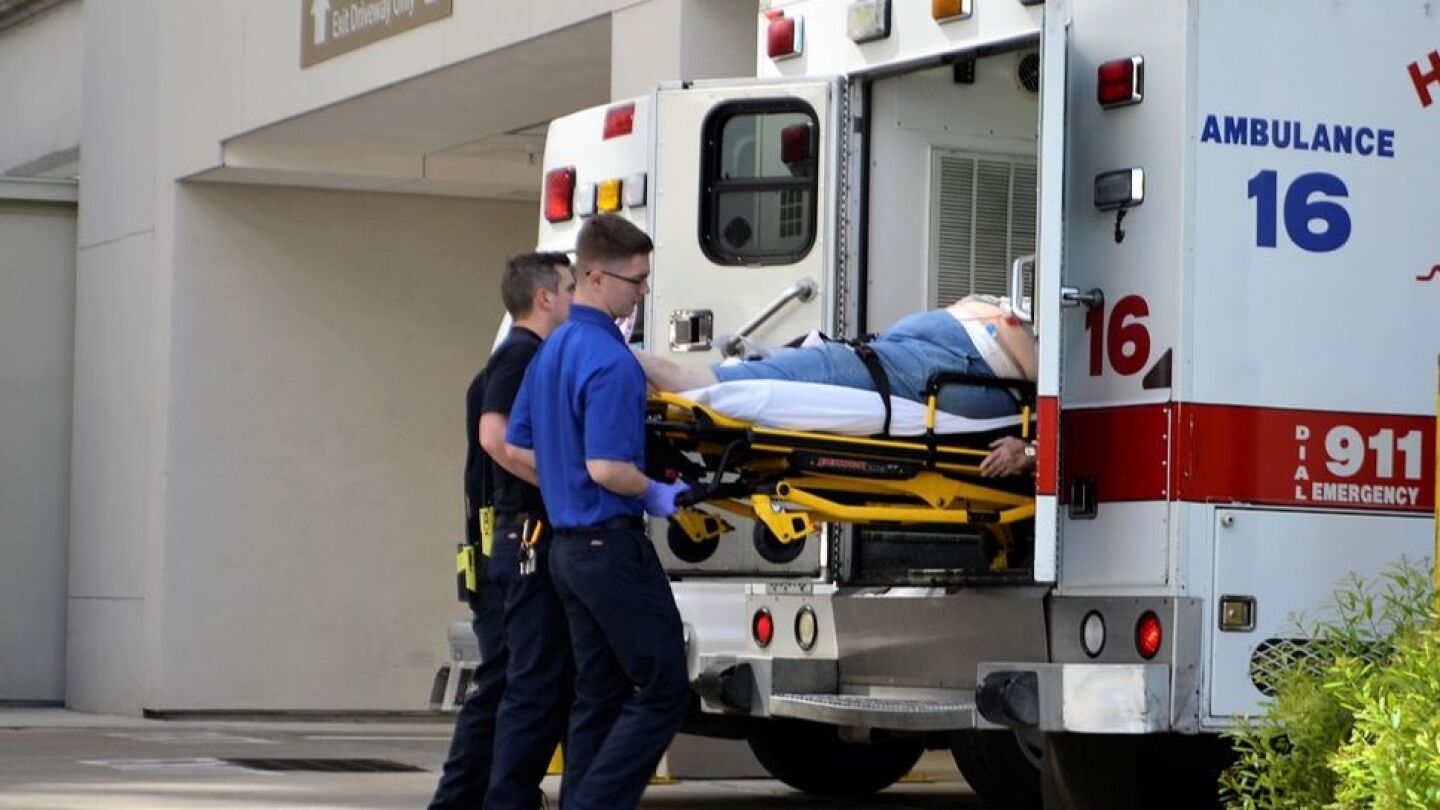EMS1 Research Center
The EMS1 Research Center serves as a central access point for critical prehospital medicine research that can help drive operational and policy changes at the local, state and federal level.
Get insights into EMS provider behavior and beliefs related to hot topics like fatigue management, and participate in EMS1 polls and surveys.
Additionally, find the latest information about research conducted by esteemed EMS organizations, such as the American Ambulance Association, and National Association of EMS Physicians, among other organizations focused on provider health and wellness, patient assessment and treatment, and a variety of safety issues.
The importance of community involvement in advancing EMS research and quality
Real-world data of high-dose naloxone administration by law enforcement officers found no added benefit to opioid overdose patients
“There is no substitute for experience. Yet, regardless of experience level, it is important to consider how EMS education can teach situational awareness”
How EMS organizations are losing good employees with low pay scales
High-quality EMS research, according to Dr. Remle Crowe, will improve the health and safety of EMS providers and their patients
New research shows that while women call for help when their husbands, brothers and fathers suffer heart attacks, they do not properly act on their own
Researchers found that the FDA and opioid manufacturers failed to monitor the restricted use of a powerful type of fentanyl even after problems were discovered
Researchers said many paramedics in their study ignored World Health Organization guidelines when soap and water or antiseptic rub was needed
The study showed readmission to the hospital was reduced when nurses surveyed patients before release
Investigations commissioned by Hennepin Healthcare found that its paramedics and research staff acted appropriately in its ketamine study of agitated patients
Data visualization illuminates patterns and connections, allowing providers to tell a story and direct actions to improve care and performance
The National Safety Council found that the odds of dying from an accidental opioid overdose were 1 in 96
Researchers found MRSA on all nine oxygen tanks they tested from three ambulances in Alabama
The research aims to show that the gas known as xenon lessens brain injury in successfully resuscitated cardiac arrest patients
A review concluded that New Hampshire’s EMS system is in good shape, but its dependence on volunteers and an under-resourced trauma system threaten its sustainability
A recent study found that other drugs or treatments may be more helpful for non-cancer pain
A data-driven approach can be applied to determine the value of a community paramedic intervention for specific types of frequent EMS transports
Researchers who looked at thousands of 911 calls found that response times for cardiac arrest incidents in low-income areas are 10 percent longer
A study in Arizona over a seven-year period confirms a higher rate of death by suicide among EMTs vs. the general public
Researchers said gunshot wounds among children and teens account for $270 million in hospital costs each year
A recent study debunked the common belief that the morning hours are a “danger time zone” for sudden cardiac arrest
A look at how paramedics treat people for pain-related emergencies shows that complaints of pain from black, Asian and Latino people are sometimes ignored
EMS triage and destination, emergency department, transfer and stroke team protocols are essential to rapid definitive treatment for ischemic stroke
Around 259 people have died while taking photos of themselves since 2011, with drowning listed as the leading cause
Researchers found that despite “tremendous improvement” in CPR and defibrillation, they “did not see an improvement in survival for women”
A group of students is conducting a survey to shed light on the “things that nobody wants to talk about”
A recent study by the University of Arizona College of Medicine – Phoenix found that EMTs in Arizona have a much higher risk for suicide than the general public
Comparing endotracheal, laryngeal tube and supraglottic airway device intubation during out of hospital cardiac arrest
Solutions to the transportation decision challenges raised by research like the DAWN trial and DEFUSE-3 trial
A new study suggests there may not be any clinical benefits to administering NTG to treat chest pain caused by myocardial ischemia
A new study suggests paramedics are spending a month’s worth of time each year assisting geriatric patients after falls
A study of over 5,000 intubations demonstrates the value of continuous quality improvement
A recent study shows an increased survival rate for out-of-hospital cardiac arrest patients who are administered medication through IV access rather than IO access
MOST POPULAR
- New research links poor sleep with higher anger levels in EMS providers
- Article Bites: Bringing the stroke center to the stroke
- Study: EMS calls dropped 26% nationally during pandemic
- Article Bites: How does the Cincinnati prehospital stroke scale compare to other tools?
- Researchers say shark antibodies can prevent the virus that causes COVID-19

























